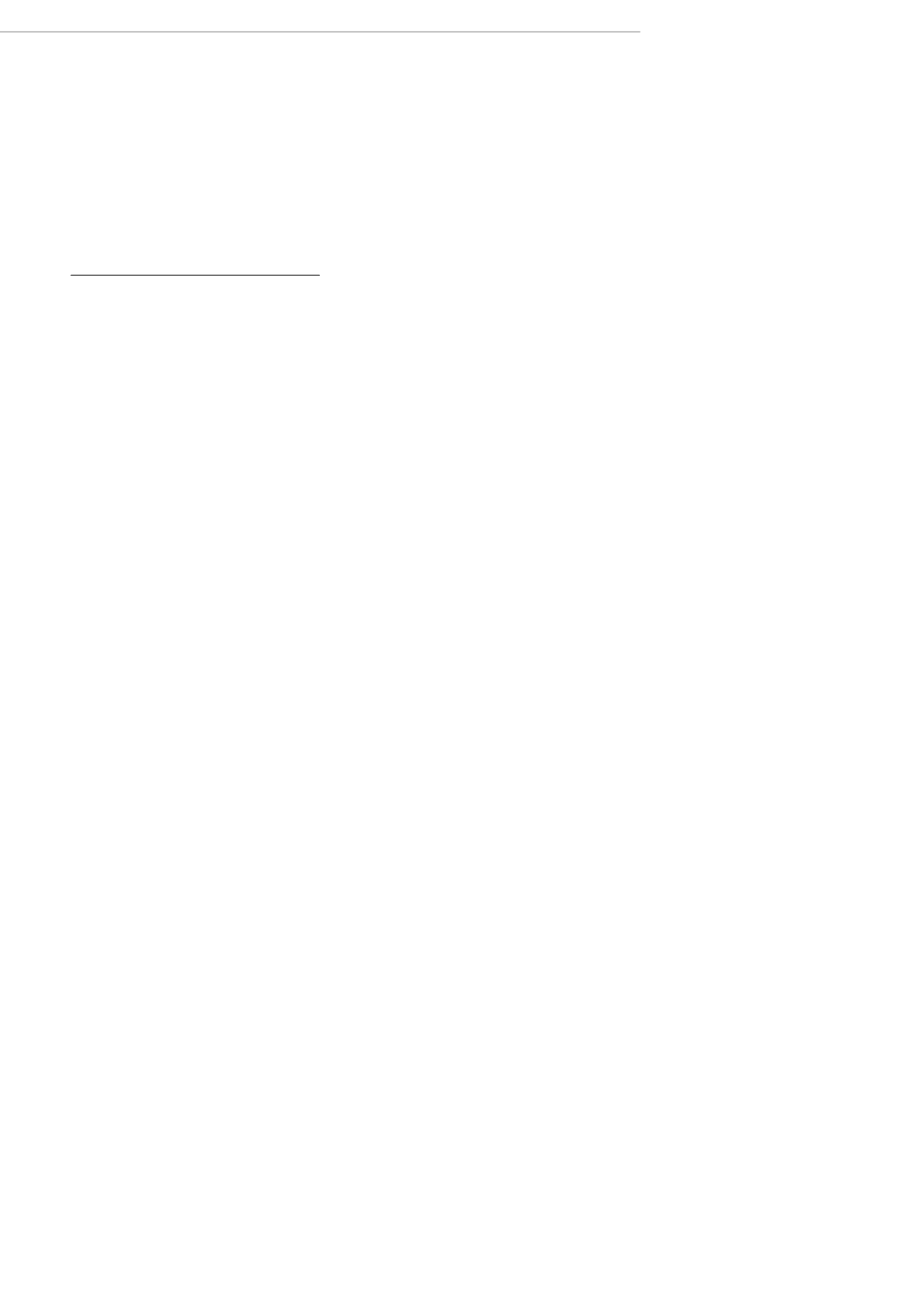

| 84
PostWar & Contemporary
3432 MARKUS LÜPERTZ(Reichenberg 1941 - lives and works in
Düsseldorf)
Susanne. 1986.
Terracotta.
Monogrammed on the reverse at the
bottom: ML.
160 x 70 x 70 cm.
Exhibition:
- Zurich 1986, Markus Lüpertz. Skulpturen
in Ton. Galerie Maeght Lelong, October –
November.
- Karlsruhe 1991, Markus Lüpertz.
Rezeptionen-Paraphrasen. Städtische
Galerie im Prinz-Max-Palais, October -
December.
- Karlsruhe 1999 - 2002, Permanent loan,
Städtische Galerie Karlsruhe.
Literature:
- Dupin, Jacques/Blistène,Bernard, Markus
Lüpertz. Skulpturen in Ton. Zurich 1986
(ill. no. 1).
- Schulz-Hoffmann, Carla, and others:
Markus Lüpertz. Rezeptionen - Para-
phrasen. Karlsruhe 1991, no. 72 (ill. 116).
- Schmalenbach, Werner, and others:
Landesausstellung 1990. Ursprung und
Moderne. Linz 1990, p. 46.
- Paparoni, Demetrio. Art in wonderland.
Markus Lüpertz, in: Tema Celeste, In-
ternational Art Review, no.25, April-June
1990, p. 30 (ill. p. 32).
- Schmeller, Véronique. Eighty. Paris 1990
(ill. p. 129).
In the 1960s in Germany a young generati-
on of artists emerged who were to alter art
and the cultural world for years to come.
They all had a political standpoint, so that
critiques of the economic miracle and
society were a constant theme; at the
same time, this very society chafed at the
provocative new art. However, these ar-
tists questioned the conventional concept
of art and traditional formal principles and
sought their own way forward. Alongside
Markus Lüpertz, members of this genera-
tion included Anselm Kiefer, Georg Base-
litz, Jörg Immendorf and A.R. Penck, who
were all in their different ways to return to
figural expressionist painting.
Markus Lüpertz fled with his family from
Bohemia to the Rhineland in 1948. After
two unsuccessful attempts at an apprenti-
ceship, between 1956 and 1961 he atten-
ded the Werkkunstschule in Krefeld and
earned money working in mining and road
building. His studies at the Kunstakademie
Düsseldorf only lasted a year and he was
then unenrolled. Even his commitment to
the French Foreign Legion was of short
duration. In 1962 he then moved to West
Berlin, in order to avoid military service;
and here his real artistic career started.
With Hödicke, Diehl, Petrick and Sorge,
Lüpertz founded the cooperative gallery
“Grossgörschen 35”. In 1969 Klaus Gallwitz
exhibited his works for the first time in a
show in Baden-Baden. In the following
year, he received the Villa Romana prize
and spent a year in Florence. In 1974 he
was appointed professor of painting at the
Kunstakademie Karlsruhe and in 1988 he
became director of the most important art
academy in Germany, the Kunstakademie
Düsseldorf, a post he held for 20 years. He
brought in internationally renowned artists
as professors, such as Jannis Kounellis
and Rosemarie Trockel, and influenced an
entire generation of German artists.
In 1986 Markus Lüpertz created an im-
pressive series of clay sculptures, which
at a primary level show the influence of
Picasso and Giacometti, with a detailed
knowledge of the art of the Expressionists
and their models in primitive art, which
is not to be dismissed lightly. Neverthel-
ess, these rough, bulky sculptures are
not about the depiction of a woman or
a message using the vehicle of art, but a
question as to what art and the sculptor
can produce and what this triggers in
the viewer, as Jacques Dupin describes
incisively:
„ Die Arbeit Lüpertz‘: Entzückung und
Entführung, das Wiedererscheinen eines
verbrannten Erbes, die Urbarmachung der
Wüste … Durch das Anhäufen von Ge-
spenstern und das Abziehen von Materie
und, umgekehrt, durch die Vertreibung
des Gespenstes mit demAtem und der
Erschaffung eines fremden Körpers. Es ist
ein Hymnus – die immer gleiche Dithy-
rambe – auf die Frau, auf die unmögliche
Gottheit, deren straffe und gebrochene
Nackheit aus der Kühle ihrer Kerben und
in ihren aufstiebenden Eruptionen zum
Leben erwacht. Als würde sie jedesmal aus
demAuseinanderbersten ihrer Spannun-
gen, aus ihrem skulpturalen Erscheinen,
aus der Entfaltung ihrer Weiblichkeit neu
geboren. Eine Weiblichkeit, die um so
vollendeter ist, als sie unvollständig bleibt,
um so intensiver strahlt, als sie liebevoll
gemartert wurde.“ (cit. Jacques Dupin, in:
Exh. Cat: Markus Lüpertz. Skulpturen in
Ton, October – November 1986, Zurich
1986).
CHF 60 000 / 80 000
(€ 55 560 / 74 070)


















